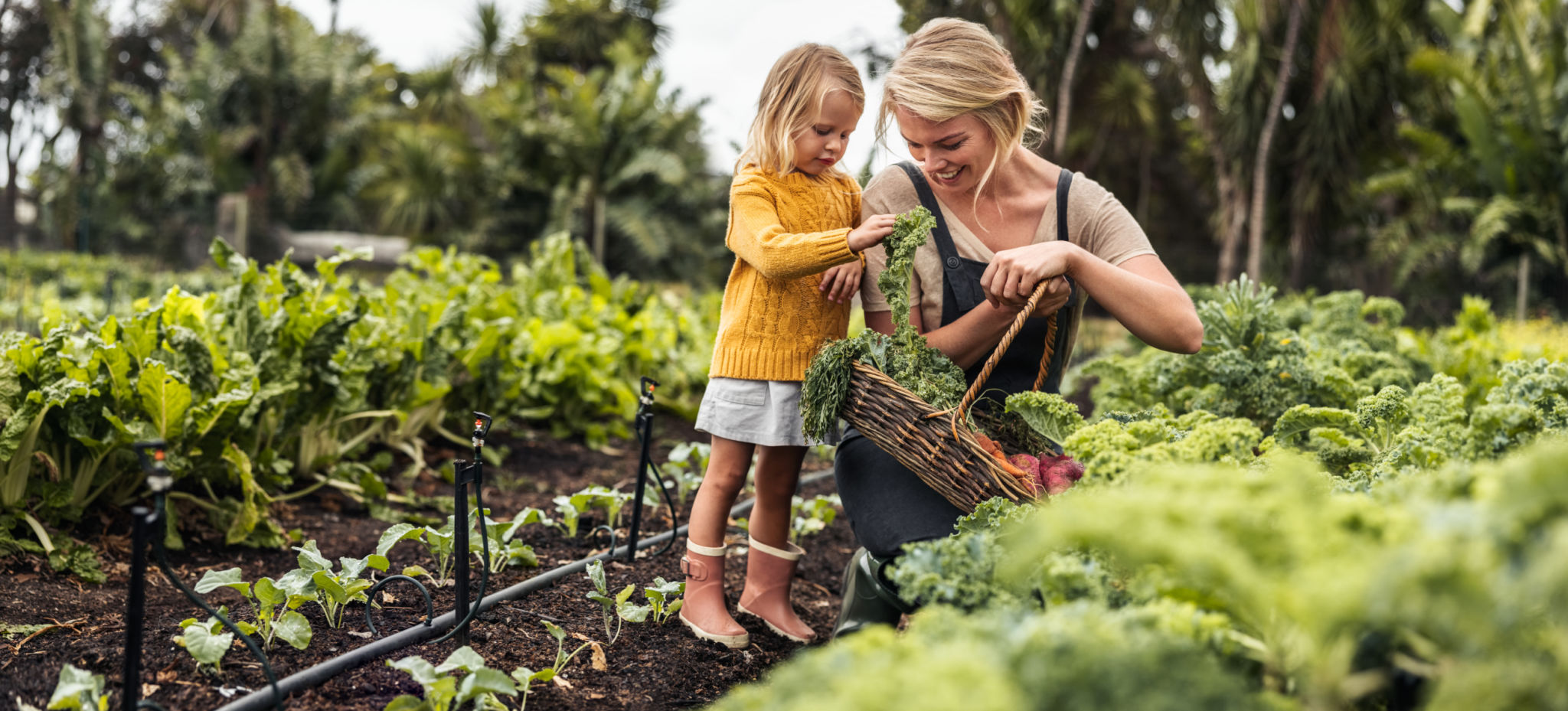Eco-Friendly Living: How Senior Communities Are Going Green
The Rise of Eco-Friendly Senior Communities
As society becomes increasingly aware of environmental issues, more senior communities are embracing eco-friendly practices. These communities aim to create a sustainable living environment that not only benefits the planet but also enhances the quality of life for their residents. By adopting green initiatives, senior communities are setting an example for other housing developments.
Eco-friendly living in senior communities often includes energy-efficient buildings, waste reduction programs, and the use of sustainable materials. These efforts contribute to a healthier lifestyle and help reduce the overall carbon footprint. As these practices become more popular, they pave the way for a new standard in community living.

Energy Efficiency and Renewable Energy
One of the main ways senior communities are going green is by focusing on energy efficiency. This can include installing LED lighting, energy-efficient appliances, and smart thermostats. These technologies not only reduce energy consumption but also lower utility bills, making them a cost-effective solution for residents.
In addition to efficiency improvements, many communities are investing in renewable energy sources such as solar panels and wind turbines. These renewable options provide clean energy and further decrease reliance on non-renewable resources, aligning with global efforts to combat climate change.
Sustainable Landscaping and Gardening
Senior communities are also adopting sustainable landscaping practices to conserve water and promote biodiversity. This can involve planting native plants that require less water and maintenance. Additionally, community gardens are becoming a popular feature, allowing residents to grow their own fruits and vegetables.

These gardens not only provide fresh produce but also serve as a social hub for community members. Gardening promotes physical activity and can enhance mental well-being, offering therapeutic benefits for seniors.
Waste Reduction Initiatives
Reducing waste is a crucial component of going green. Senior communities are implementing comprehensive recycling programs and encouraging composting to minimize landfill contributions. Residents are educated on proper waste disposal, helping to foster an environmentally conscious mindset.
Moreover, some communities have started using biodegradable products and reducing single-use plastics. These small changes can have a significant impact on waste reduction efforts, promoting a sustainable lifestyle among residents.

The Role of Technology in Eco-Friendly Living
Technology plays a vital role in supporting eco-friendly initiatives in senior communities. Smart home systems can monitor energy usage and optimize resource consumption, while online platforms facilitate carpooling and ride-sharing among residents. These tools help create an interconnected and efficient community environment.
Additionally, technology can assist in educating residents about sustainability practices. Workshops and online resources provide valuable information on how to live more sustainably, empowering seniors to make informed choices.
The Impact on Residents' Well-Being
Adopting eco-friendly practices not only benefits the environment but also enhances residents' well-being. Living in a green community can improve air quality, reduce exposure to harmful chemicals, and promote a healthier lifestyle overall.
Seniors who engage in environmentally conscious activities often experience increased physical activity and social interaction, contributing to improved mental and emotional health. These benefits highlight the importance of integrating sustainability into senior living environments.

